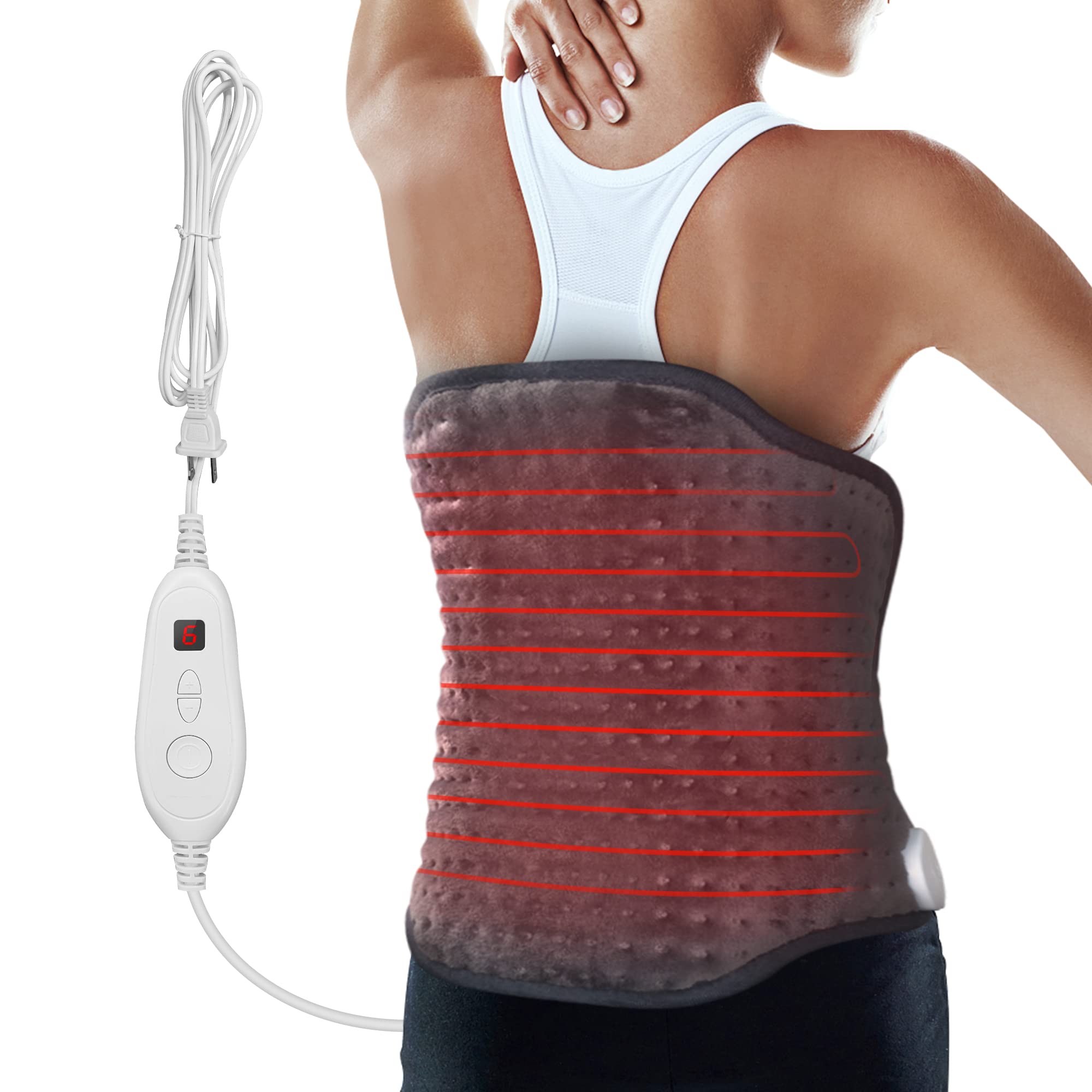Ice or Heat: Which is more effective for sciatica?
Introduction
Sciatica, characterized by pain radiating along the sciatic nerve, can be a challenging condition to manage. While various treatment options exist, two commonly used remedies are ice and heat therapy. Ice packs and heat pads are believed to provide relief by reducing inflammation and soothing the affected area. However, it’s important to understand the differences between the two and their appropriateness for sciatica. In this guide, we will explore the effectiveness of ice and heat therapy for sciatica, comparing their benefits, applications, and considerations. By gaining insights into their respective properties, you can make informed decisions about which approach may be more effective for managing your sciatica symptoms.

Ice or Heat: Which is more effective for sciatica?
I. Ice Therapy: Cold Packs for Pain Relief
-
Mechanism of Action:
- Ice therapy, or cryotherapy, involves applying cold packs to the affected area. The cold temperature acts as a vasoconstrictor, reducing blood flow to the area, numbing nerve endings, and decreasing inflammation and pain.
-
Benefits of Ice Therapy:
- Ice therapy offers several advantages for managing sciatica, including pain relief, reduction of inflammation, and a numbing effect that helps alleviate discomfort. It can be particularly effective for acute pain and in cases where inflammation is a primary concern.
-
Application Techniques:
- Apply an ice pack wrapped in a thin cloth or towel directly to the affected area for approximately 15 to 20 minutes. Allow the skin to rest for at least 40 minutes before reapplying to prevent ice burn.
-
Precautions and Side Effects:
- Take care to not apply ice directly to the skin, as this can lead to cold burns. Also, individuals with cold sensitivity, reduced circulation, or impaired sensation should exercise caution and consult with a healthcare provider before using ice therapy.
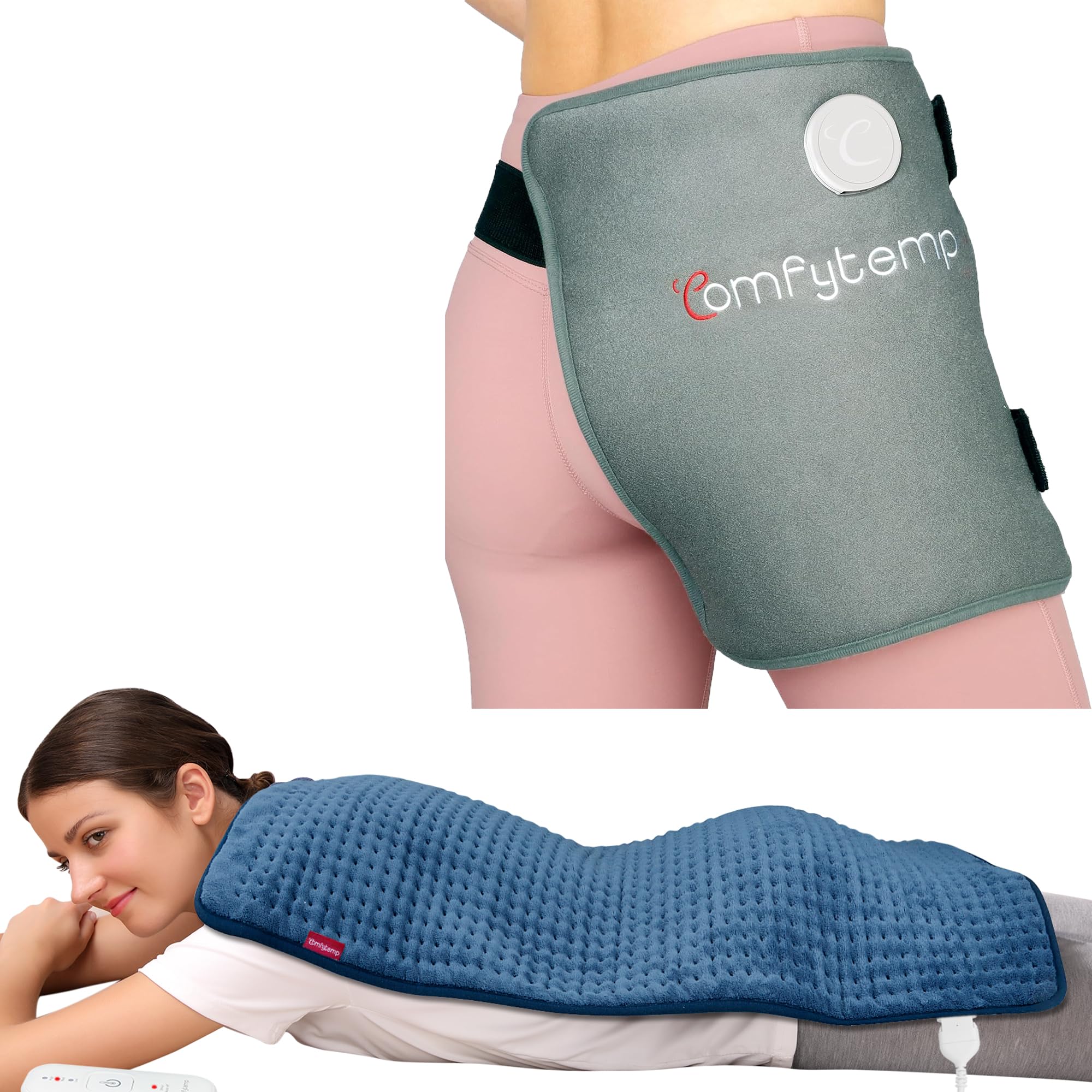
II. Heat Therapy: Applying Warmth for Comfort
-
Mechanism of Action:
- Heat therapy involves applying warm objects or heat pads to specific areas. Heat increases blood flow, relaxes muscles, and promotes healing by easing tension and increasing flexibility. It can also help alleviate pain by improving circulation and reducing muscle spasms.
-
Benefits of Heat Therapy:
- Heat therapy offers numerous benefits for managing sciatica, including pain relief, increased muscle relaxation, improved blood circulation, and enhanced flexibility. It is often preferred for chronic pain or muscle tightness associated with sciatica.
-
Application Techniques:
- Apply a heat pad or warmed object directly to the affected area for approximately 15 to 20 minutes. Use caution to avoid excessive heat and burns, and ensure that the heat is comfortable and not causing discomfort.
-
Precautions and Side Effects:
- Be cautious not to use excessive heat, as it can lead to burns or skin damage. Individuals with heat sensitivity, impaired circulation, or difficulty sensing temperature changes should consult with a healthcare provider before using heat therapy.
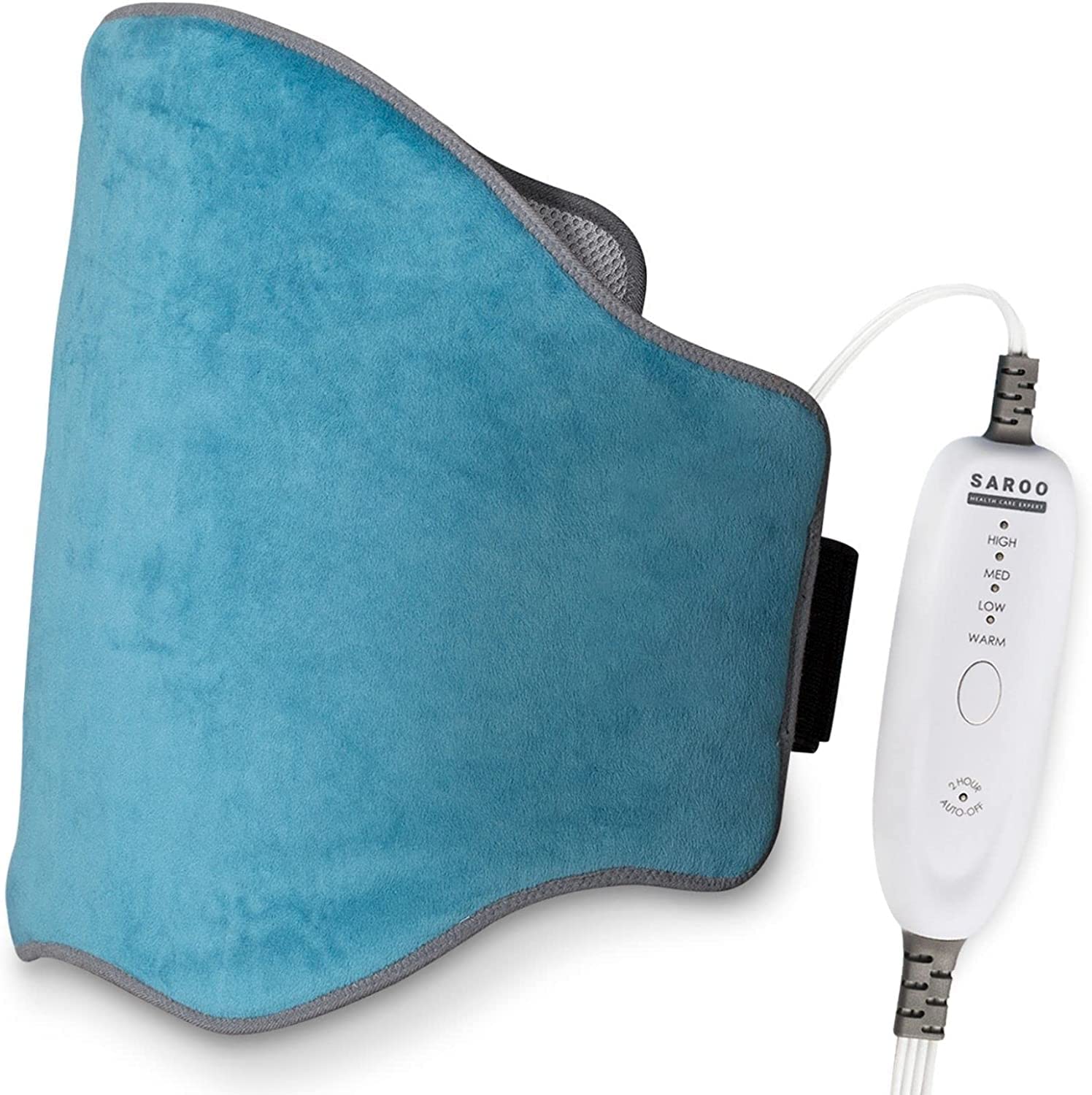
III. Comparing Ice and Heat Therapy for Sciatica
-
Acute vs. Chronic Pain:
- Ice therapy is often recommended for acute pain or recent injuries, as it helps reduce inflammation and numbs the area. Heat therapy tends to be more suitable for chronic pain or muscle tension associated with sciatica. It relaxes muscles and enhances blood flow, promoting overall comfort.
-
Inflammation and Swelling:
- Ice therapy is more effective at reducing inflammation and swelling in the early stages of injury or flare-ups of sciatica. The cold constricts blood vessels, reducing blood flow to the area and limiting the release of inflammatory substances. Heat, on the other hand, enhances blood flow, which aids in the healing process but may exacerbate inflammation in acute cases.
-
Muscle Relaxation and Tension:
- Heat therapy is particularly effective for relaxing tense muscles and easing muscle spasms commonly associated with sciatica. Heat increases flexibility and improves blood circulation, which helps relax muscles, reducing pain and promoting mobility. Ice therapy, while not as effective for muscle relaxation, may help numb the area and relieve discomfort caused by muscle tension.
-
Personal Preference and Response:
- The effectiveness of ice or heat therapy can vary among individuals. Some individuals find one approach more effective than the other, while some may prefer to alternate between the two depending on the severity and nature of their symptoms. It may be helpful to experiment with both methods to determine which provides the most relief for your particular case of sciatica.
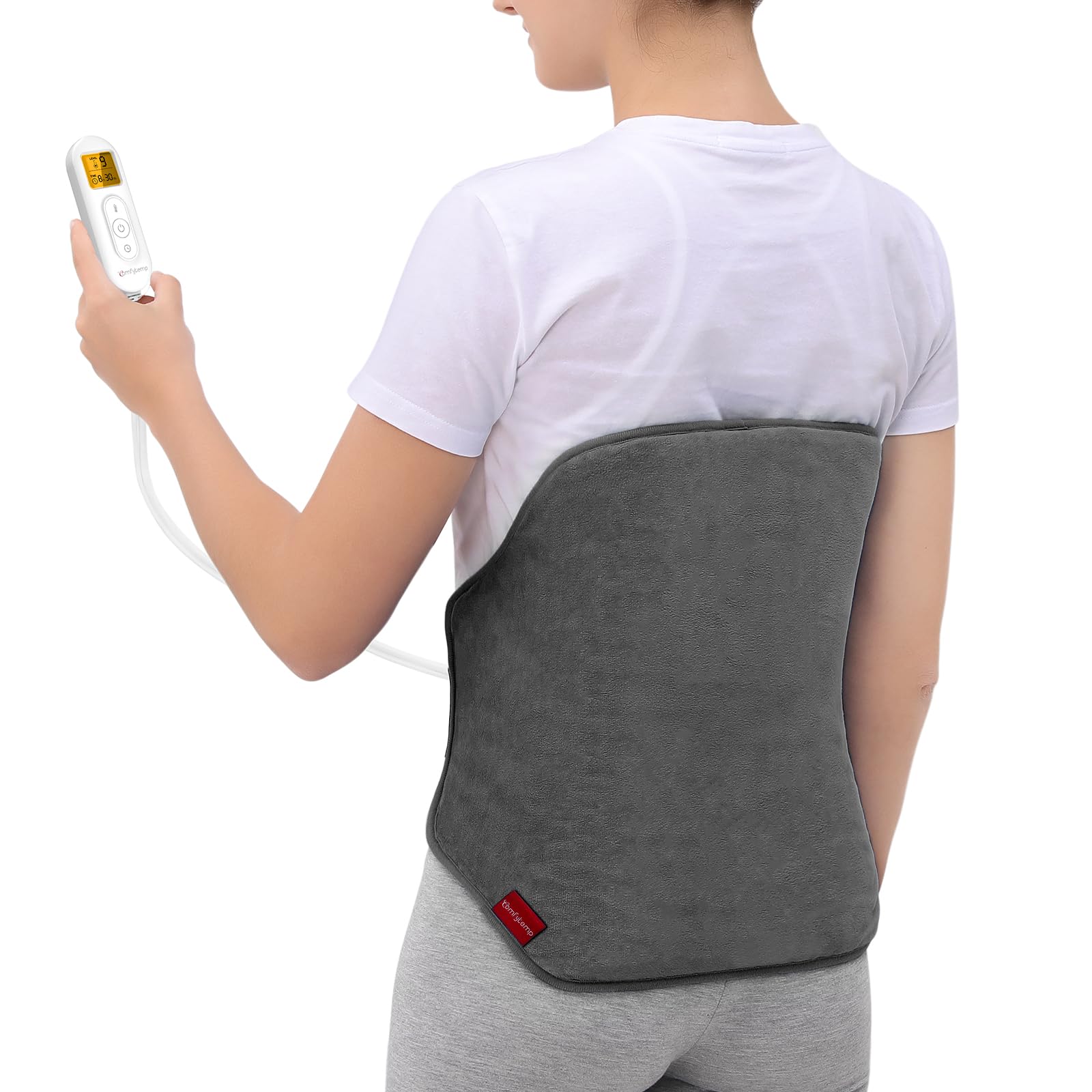
IV. Combination Therapy: Ice and Heat Alternation
-
Contrast Therapy:
- Alternate use of ice and heat therapy, known as contrast therapy, may be beneficial for some individuals. The application of cold and heat in sequence can help manage pain, reduce inflammation, and promote overall relaxation of muscles. Start with ice therapy for approximately 10-15 minutes, followed by heat therapy for a similar duration. Repeat this alternation a few times, ending with heat therapy. This contrast can have a synergistic effect and potentially enhance overall pain relief for certain individuals.
-
Personalized Approach:
- When it comes to sciatica, there is no one-size-fits-all solution. It is essential to listen to your body and experiment with different treatments to find the optimal approach for yourself. Personal preference, symptom severity, and individual responses should all be considered when determining whether ice therapy, heat therapy, or a combination of the two works best for you.
V. Consulting a Healthcare Provider
-
Underlying Conditions and Precautions:
- Sciatica can have various underlying causes, and it is important to consult with a healthcare provider to determine the appropriate treatment approach. They can assess your condition, identify any contraindications, and provide personalized guidance specific to your needs.
-
Individual Advice for Effective Management:
- A healthcare provider can evaluate your sciatica symptoms, medical history, and lifestyle factors to develop a comprehensive treatment plan. They may recommend a combination of treatments and offer insights into whether ice or heat therapy would be more effective based on your specific case.
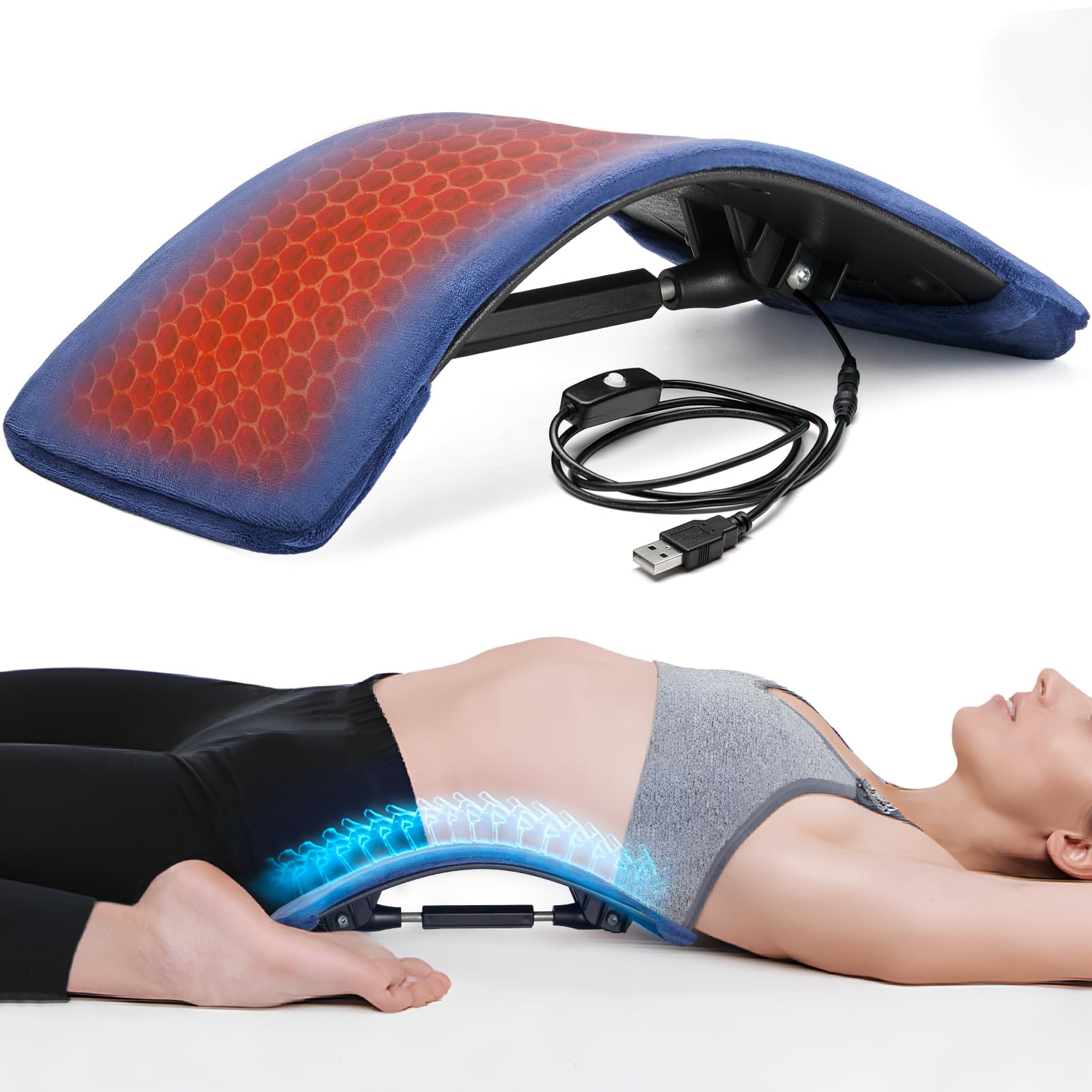
VI. Conclusion
Both ice therapy and heat therapy can provide relief for individuals with sciatica, but their effectiveness depends on factors such as the nature of the pain, inflammation levels, and personal preferences. Ice therapy is effective for reducing inflammation, numbing pain, and managing acute flare-ups, while heat therapy promotes muscle relaxation, improves blood circulation, and offers comfort for chronic pain. Experimenting with both methods, considering individual responses, and consulting a healthcare provider can help determine the best approach for managing your sciatica symptoms. Combination therapy, such as contrast therapy, may also be beneficial for certain individuals. Remember, each person’s experience with sciatica is unique, and finding the most effective treatment often involves personalized approaches and adjusting treatment strategies accordingly.
